Urban Forestry Tree Care
- August 21, 2024
- 0 comment
Urban forestry plays an indispensable role in improving the quality of life in cities by enhancing air quality, providing shade, and creating beautiful landscapes that foster a sense of community and well-being.
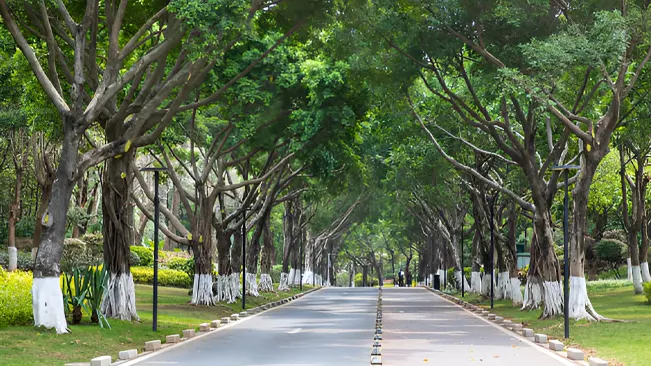
Proper tree care is the foundation for ensuring these benefits continue to enhance urban environments for decades. Below, we will explore the key components of urban forestry tree care, breaking down the most effective practices to ensure the health and longevity of urban trees.
Key Components of Urban Forestry Tree Care
Tree Selection and Planting
Effective urban tree care begins with selecting the right species and implementing proper planting techniques. The choices made during this stage set the foundation for healthy growth and long-term survival, making it essential to get things right from the start.
Species Selection
- Carefully select species that are well-suited to the local climate and urban conditions, considering factors like temperature, precipitation, and soil type.
- Prioritize native species, as they are better adapted to local conditions, require less maintenance, and provide vital support to local wildlife.
- Consider the available space for tree growth. Species with large canopies may be suitable for parks, while smaller trees are ideal for streetscapes and residential areas.
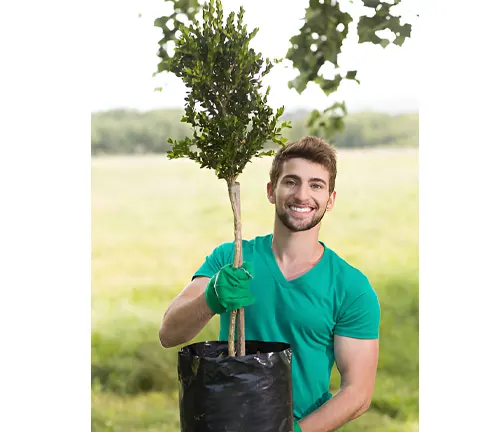
Proper Planting Techniques
- Plant trees with the root flare visible above ground to prevent root girdling and potential structural failure.
- Space trees to avoid competition for light, water, and nutrients, ensuring healthy growth.
- Mulch around the tree base to retain soil moisture, regulate temperature, and suppress weeds without touching the trunk.
- Water consistently, especially in the first years, to help trees establish strong roots and withstand drought.
Regular Pruning and Maintenance
Pruning and maintenance are critical for keeping urban trees healthy, safe, and visually appealing. These practices help shape the tree, remove potential hazards, and promote strong growth patterns.
Pruning for Health and Safety
Regularly remove dead or diseased branches to prevent decay, reducing the risk of falling limbs that can endanger people and property. Structural pruning promotes a strong, stable form, improves light penetration, and enhances air circulation within the tree’s canopy, supporting overall tree health and safety.
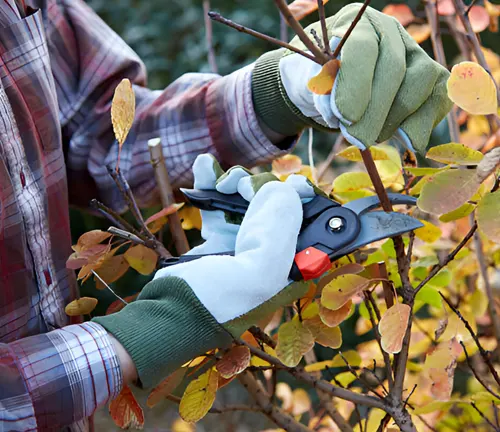
Seasonal Maintenance Practices
Apply mulch around trees annually to conserve soil moisture, regulate temperature, and reduce competition from weeds. Fertilize as needed to replenish nutrients, inspect for stress or pests, and ensure deep watering during dry spells for optimal tree health.
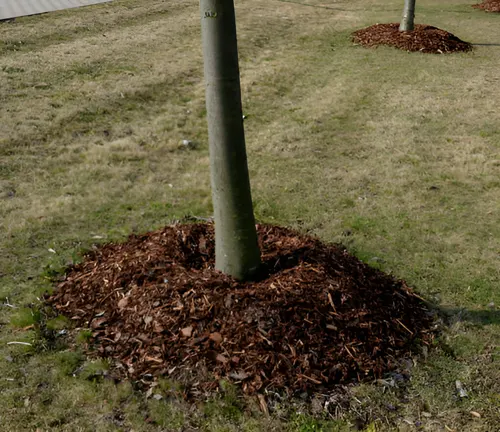
Health Monitoring and Disease Management
Tree Health Assessments
Regular health assessments are essential for maintaining the longevity of urban trees. These evaluations help identify problems early, allowing for timely interventions that prevent long-term damage and ensure trees remain healthy and resilient.
Importance of Monitoring
Regular health check-ups and the use of Geographic Information Systems (GIS) help detect early signs of stress, disease, or pest infestations in urban trees.
These proactive measures ensure that potential issues are addressed before they become severe. Community involvement through volunteer programs enhances monitoring efforts, ensuring proactive management of tree health.

Additionally, remote sensing technology can be utilized to track changes in the urban canopy, offering valuable data for long-term forest management strategies.
Tools and Techniques
- Employ remote sensing technology, such as drones or satellite imagery, to monitor large urban forests efficiently and identify areas requiring attention.
- Use mobile apps designed for urban forestry to collect data on tree health, monitor growth, and document any issues that need addressing. These apps can also facilitate communication between city arborists and the public.
- Implement soil testing to monitor nutrient levels, pH balance, and moisture content, ensuring trees receive the necessary conditions for healthy growth.
Managing Pests and Diseases
Urban trees face a range of pests and diseases that can threaten their health. Managing these threats requires a combination of early detection, integrated pest management, and proactive care.
Common Urban Tree Threats
Pests like aphids, borers, and scale insects, along with diseases such as root rot, canker, and leaf spot, can cause significant damage to urban trees if left unchecked. Regular inspections and early intervention are critical to catching infestations and preventing the spread of these threats.
Integrated Pest Management (IPM)
IPM combines biological, cultural, and chemical methods to effectively manage pests, reducing the need for harmful pesticides. By focusing on maintaining tree health and using chemicals only as a last resort, IPM helps prevent pesticide resistance and protects beneficial insects.
Plant Health Care (PHC) Programs
PHC programs take a holistic approach to tree health, addressing soil quality, proper watering, and pruning to prevent pests and diseases. This proactive care ensures trees remain healthy and resilient, reducing the need for reactive treatments and promoting long-term sustainability.
Community Involvement and Education
Community involvement is a cornerstone of successful urban forestry initiatives. Engaging residents in tree care efforts not only increases the resources available for maintaining urban forests but also raises awareness about the benefits of trees and encourages stewardship.
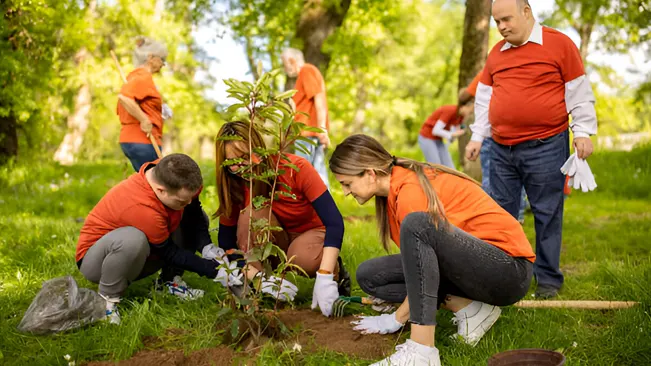
Community engagement in urban forestry involves organizing tree-planting events, educational workshops, and promoting the benefits of urban trees to foster local involvement. Volunteer programs like neighborhood tree groups, Adopt-a-Tree initiatives, and citizen science projects encourage community participation, ensuring ongoing tree care and data collection.
These efforts support urban forestry management by involving residents in monitoring tree health, enhancing environmental awareness, and fostering collective responsibility for urban green spaces.
Long-Term Urban Forestry Management
Developing Urban Tree Care Plans
Strategic planning is essential for the long-term sustainability of urban forests. These plans should include detailed inventories, risk assessments, and maintenance schedules to guide tree care efforts over time.
1. Strategic Planning for Urban Forests:
- Develop comprehensive urban tree inventories that track the species, health, and age of trees across the city. This data is crucial for making informed decisions about tree care and replacement.
- Conduct regular risk assessments to identify trees that may pose hazards, such as those with structural weaknesses or those located near power lines. Addressing these risks proactively helps prevent accidents and property damage.
- Update tree care plans regularly to reflect changing conditions, such as new development projects, climate shifts, or emerging pests and diseases.
2. Sustainability and Resilience
Diversifying tree species within urban forests increases resilience against pests, diseases, and environmental changes, while green infrastructure solutions like rain gardens improve tree health by managing stormwater and soil conditions.
Prioritizing the preservation of mature trees, which offer significant environmental benefits, alongside planting new trees ensures a sustainable and continuous urban canopy.
3. Long-Term Partnerships
Establish long-term partnerships among government agencies, non-profits, and the private sector to ensure continuous support for urban forestry initiatives. Additionally, advocate for policies that prioritize tree care and urban forestry in planning and development.
Conclusion
Urban forestry tree care is a continuous and collaborative effort that requires strategic planning, proactive maintenance, and active community engagement. By focusing on proper species selection, regular pruning, health monitoring, and community involvement, cities can ensure that their urban forests remain healthy and vibrant.
As cities face increasing environmental challenges, the role of urban forestry in promoting sustainability and resilience will only grow in importance. Through thoughtful care and collective action, we can ensure that our urban trees continue to thrive for generations to come, enhancing the quality of life for all urban residents.
Frequently Asked Questions (FAQ’s)
- What is urban forestry tree care?
Urban forestry tree care involves the management, maintenance, and preservation of trees in urban environments to ensure they remain healthy and beneficial to the community. - Why is species selection important in urban forestry?
Choosing the right tree species is vital for ensuring long-term survival, reducing maintenance needs, and enhancing resilience against urban stressors like pollution and limited space. - What are the best practices for planting urban trees?
Best practices include planting at the correct depth, ensuring proper spacing, using mulch to conserve moisture, and providing consistent watering for young trees. - How often should urban trees be pruned?
Urban trees should be pruned every 3 to 5 years for young trees and every 5 to 10 years for mature trees to promote health and safety. - What are common pests and diseases in urban trees?
Common threats include pests like aphids and borers, and diseases such as root rot and canker, which can be managed through regular monitoring and early intervention. - How can the community get involved in urban forestry?
The community can engage through tree planting events, volunteer care programs, and educational workshops to learn about tree maintenance and support urban forestry initiatives. - What role does technology play in urban forestry?
Technology, like GIS and remote sensing, helps monitor tree health, track growth, and plan effective maintenance strategies, making urban forestry management more efficient. - Why is regular monitoring important for urban trees?
Regular monitoring helps detect early signs of stress, disease, or pests, allowing for timely interventions that prevent long-term damage and promote tree health. - What are the benefits of community involvement in urban forestry?
Community involvement increases resources for tree care, fosters a sense of ownership, and ensures urban forests are well-maintained and resilient against challenges. - What are key strategies for long-term urban forestry management?
Long-term strategies include diversifying tree species, implementing sustainable care practices, and building strong partnerships to support urban forest health and longevity.

Jordan Blake
Forestry AuthorJordan Blake is a forestry expert with over 15 years of experience in arboriculture and community education. Passionate about sustainable forest management, Jordan regularly writes for Forestry.com and Tree Care Magazine. Holding certifications in tree health assessments and urban forestry management, Jordan conducts workshops to educate the public on sustainable practices. Jordan has a degree in Environmental Science and enjoys hiking and photography in their free time.


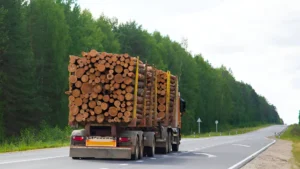

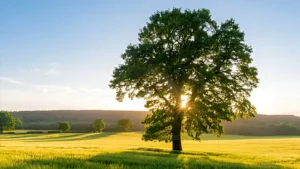
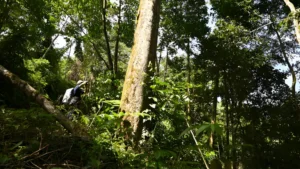
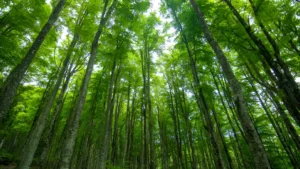
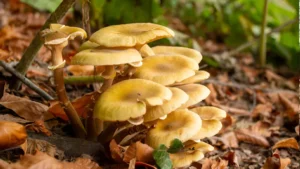
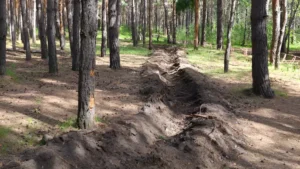
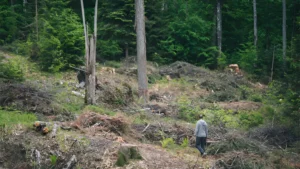
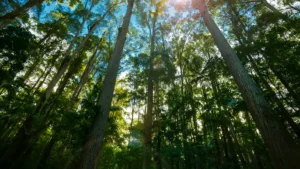
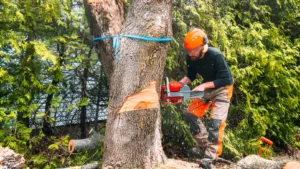

Leave your comment